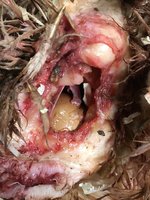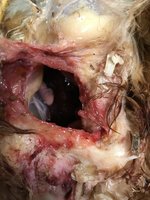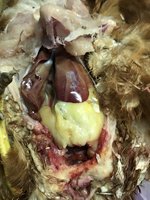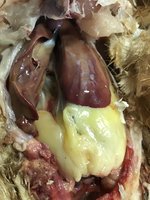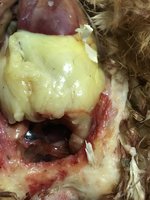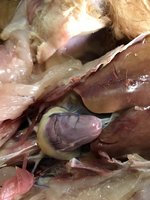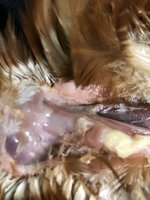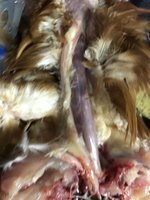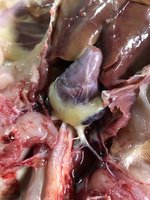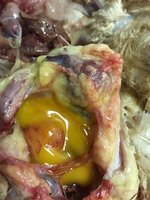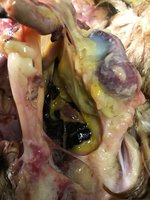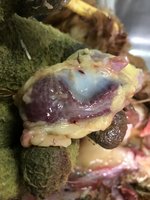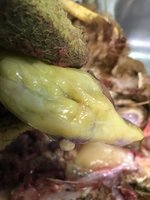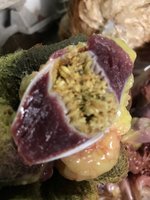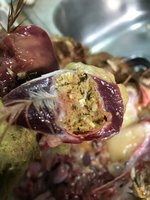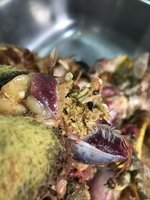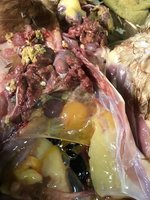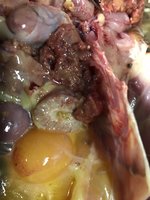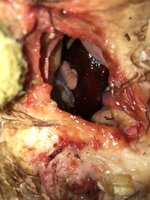Not sure what you are asking? Salpingitis and internal laying are very similar. Once an infection sets in in the abdomen of a bird caused by egg matter and bacteria the infection is egg peritonitis. Sometimes the peritonitis can be treated with antibiotics, depending on the root cause, but it can recur. They kind of go hand in hand when a bird has a reproductive issue. A lash egg usually looks like a solid mass and when cut open looks like layers and layers of cooked egg. Sometimes it's more yellow, and it may contain egg matter. Mostly the mass is made up of pus. That's how the chickens body tries to contain the infection, by encapsulating it, and the result is what is commonly referred to as a lash egg. Sometimes birds will pass lash eggs, so you have an idea what is going on. Sometimes they just remain in the abdomen and you don't find them until necropsy.
Hope that makes sense.
Here's more info on EYP: http://www.theveterinaryexpert.com/backyard-poultry/egg-yolk-peritonitis/
Hope that makes sense.
Here's more info on EYP: http://www.theveterinaryexpert.com/backyard-poultry/egg-yolk-peritonitis/




 It's at the bottom under "treatments"
It's at the bottom under "treatments"
